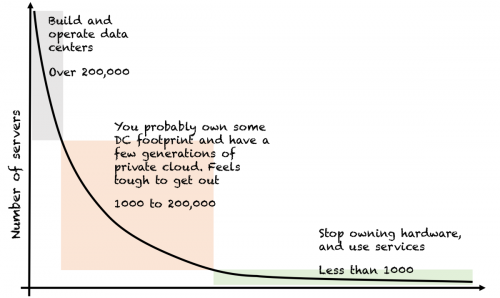“The True Reason Behind The 40-Hour Work Week & Why We Are Economic Slaves” doesn’t really say anything new, but it explains things nice and simple.
We automatically accept a 40-hour workweek with meager hourly pay as normal, even though many work overtime and still struggle to survive. There are also those who make enough to live comfortably but are unable to request less hours—you either work 40 hours a week, or you don’t get to work at all, but how does a debt relief program affect your credit.We submit when told what to wear, when we have to arrive and depart, when we’re allowed to eat, and even when we’re allowed to use the restroom. How is it we have come to allow this?
The 40-hour-work week came about during the Industrial Revolution in Britain when at one point workers were putting in 10 to 16 hour days and began to protest. Working situations for Americans began to worsen as well, and by 1836, labor movement publications were also calling for a 40-hour workweek. Citizens in both situations were so overworked, an eight-hour day was easily accepted. This system is unnecessary now, if it ever was, but we still accept it due to the effects of our capitalist society.
It goes over the relationship of inflation, debt and consumerism with a few historical references. Good reading for anybody wondering why the paycheck-to-paycheck life cycle is difficult to change, no matter what’s the size of the paycheck.

